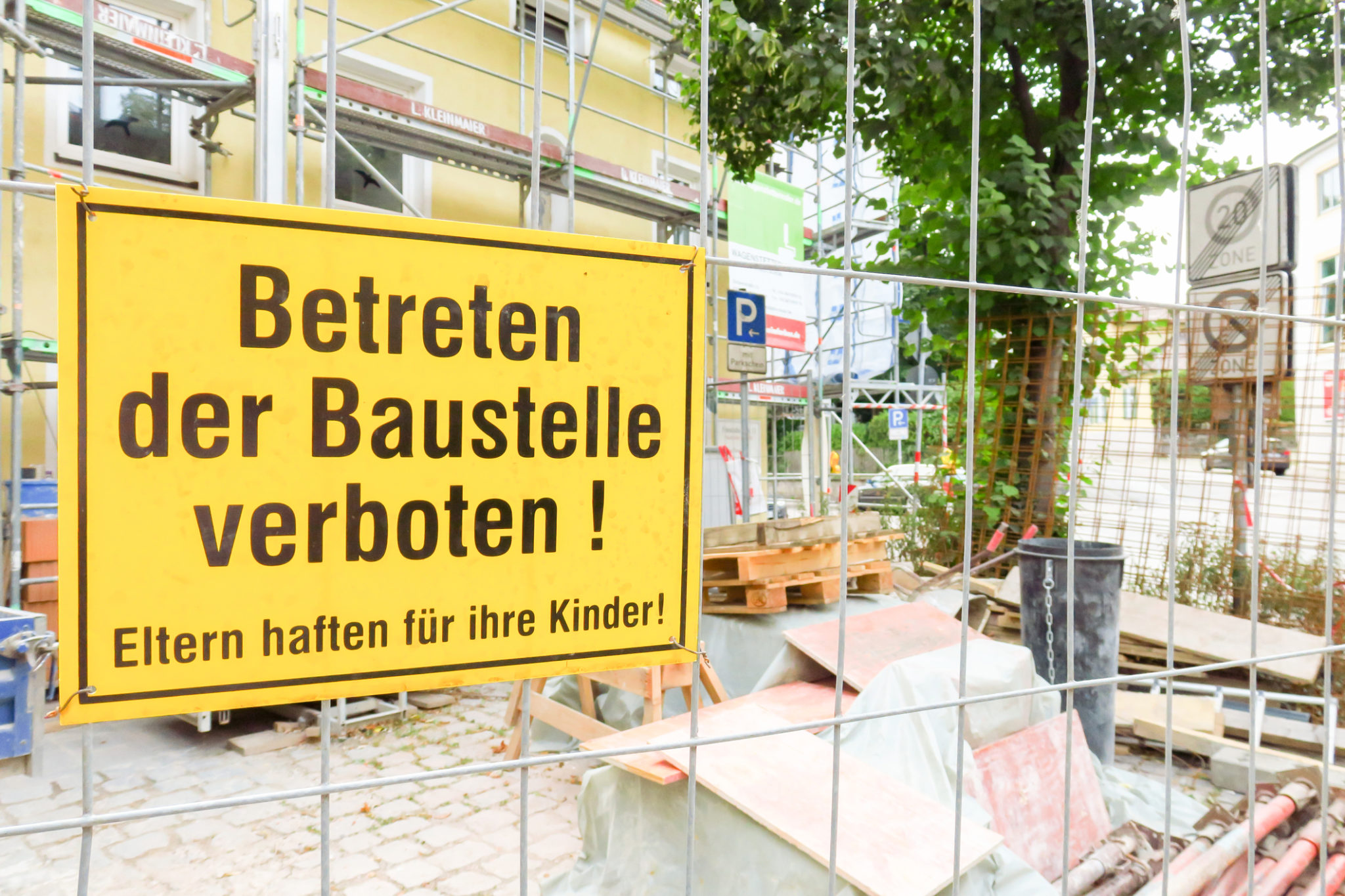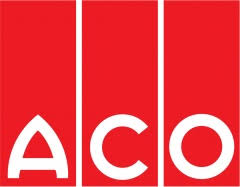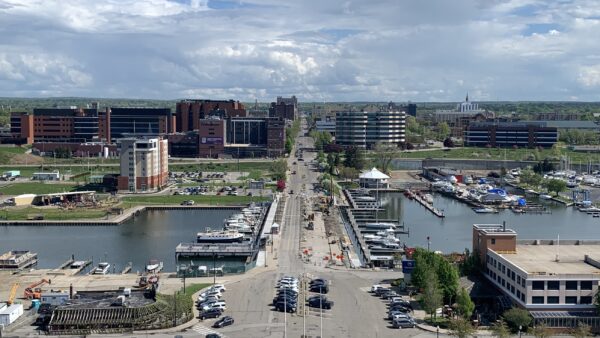
Construction activity in the Eurozone has recorded its 34th straight month of decline, according to the latest PMI survey from S&P Global and the Hamburg Commercial Bank (HCOB).
Sentiment among buyers rose from 42.9 in December to 45.4 in January, a lightening of the gloom that may be connected to a fall in inflation and the expectation of some easing of interest rates. Any figure less than 50 shows a contraction.
But orders are continuing to fall and the sector remains in a “slump”, the report says.
The worst performers were Germany and France, which together form the economic motor of the Eurozone.
In Germany, the index rose to 42.5 from a disastrous 37.8 in December.
The main cause is a lack of investment from business, brought on ultimately by the loss of cheap Russian gas. This has led to falls in employment and a reduction in the use of subcontractors.
On the brighter side, the fall in demand is suppressing inflation, and activity in the housebuilding and commercial sectors was the highest since May 2023.
In France, the index was 44.5 compared with 42.6 in December. There were decreases in housing and commercial activity, offset to some extent by an increase in civil engineering work.
Companies attributed their difficulties to weak demand, and managers reported that no improvement was expected over the year.
By contrast, Italian companies recorded a small rise in activity for the second successive month.
Tariq Kamal Chaudhry, economist at HBOC said the outlook for the Eurozone was “bleak”, with business expectations at “rock bottom”.
He said: “The European Central Bank is unlikely to be pleased with the situation, having sent signals of caution in January, with President Christine Lagarde warning of a potential resurgence of inflation driven by the services sector.
“HCOB Economics therefore expects only two more rate cuts in the first half of the year, which is likely to negatively impact the EU construction sector, as futures markets had anticipated more significant rate cuts last year.”
He added: “The crisis is profound. All subsectors are contracting: residential construction, commercial construction, and civil engineering. The only advantage of the current situation is that price growth, both for inputs and subcontractors, is slow.”
- Subscribe here to get stories about construction around the world in your inbox three times a week
Further reading:










